SENSESCAPES
2015_ FISE Gallery, Budapest.HU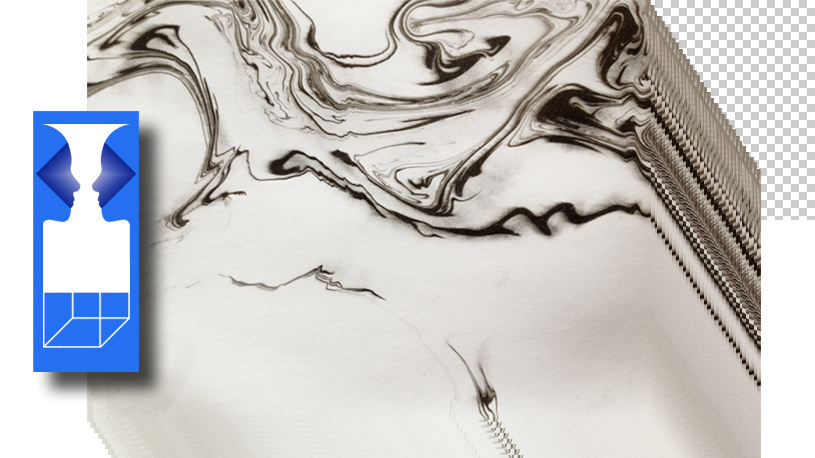
Sensing is the physiological capacity of discerning and classifying data assimilated from external physical phenomena, in order to identify, interpret, represent and perceive the environment. Perception is not the passive receipt of these process, but shaped by learning, memory, expectation and attention. Technology continuously extends our senses and transforms our general understanding and conception of solidity, tangibility and self, furthermore has led to the fundamental rethinking of art, its forms, methods and purposes.
EJTECH’s artistic research and work presented on this exhibition, focuses on this transformation of our perceptive and cognitive apparatuses in terms of the interrelation between senses, technology, and the production of meaning. While rethinking the accepted standardised hierarchy of our sensory system, they further explore this new art consistent within the cross-modal integration.
Within SENSESCAPES, EJTECH experiments at the intersection between art and technology, in a playful environment of discovering meanings, and pursue us to comprehend the liquidity of contemporaneity through diverse transdisciplinary approaches, methods and materials. The exhibited work aims at an open discourse where the digital and the physical coexist intertwined. Showcasing pieces from their arsenal of analog alchemy, acoustic occultism and further sound explorations, interactive textiles and reactive environments, EJTECH delves into the aesthetics of perception.
EJTECH’s artistic research and work presented on this exhibition, focuses on this transformation of our perceptive and cognitive apparatuses in terms of the interrelation between senses, technology, and the production of meaning. While rethinking the accepted standardised hierarchy of our sensory system, they further explore this new art consistent within the cross-modal integration.
Within SENSESCAPES, EJTECH experiments at the intersection between art and technology, in a playful environment of discovering meanings, and pursue us to comprehend the liquidity of contemporaneity through diverse transdisciplinary approaches, methods and materials. The exhibited work aims at an open discourse where the digital and the physical coexist intertwined. Showcasing pieces from their arsenal of analog alchemy, acoustic occultism and further sound explorations, interactive textiles and reactive environments, EJTECH delves into the aesthetics of perception.
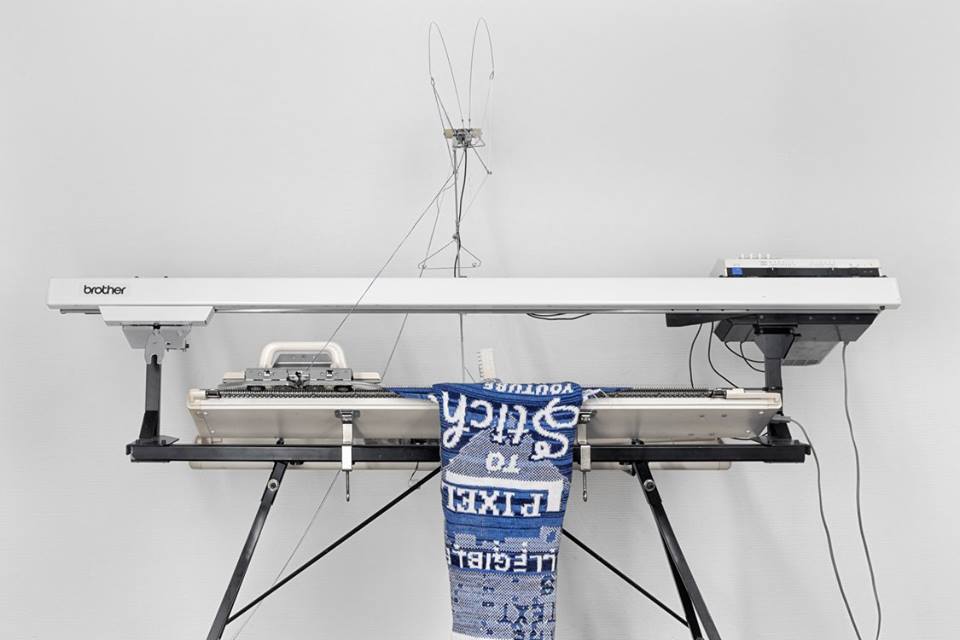
I. Brother KH910 AYAB Hacked Knitting Machine Textiles are the original digital medium. Luddites were 19th century textile workers known for bashing and burning mechanical knitting machines, spinning frames and power looms introduced during the industrial revolution, fuelled by their fear of automation, eventually becoming outdated and replaced by machine. Contemporary Luddites, are associated with the distaste on the virtuality of modern devices, and angst for The Internet of Things. Along with affordable 3D printing and the continuously blurring boundary between the actual and the digital, hacked knitting machines are a great embodiment of this overlap.
Dug out from second hand websites, semi-industrial 1980s home knitting machines, originally controlled with a punch-hole card system (like ancient room-sized computers) or, in its back then groundbreaking Mylard sheet scanning system, now resurface, repurposed and hacked in order to have direct communication between digital tools and machine. This brings a new meaning and purpose, not only as a pixel to stitch textile printer, but creating palpable intertwined examples of data previously restricted only to digital existence.
Ping.
A request.
A command.
Focus on the screen.
The text is illegible.
Remain open and attuned to the
rhythm of the line.
Noise and information are ontologically inseparable.
Neo-materialism
Pixel to stitch
Mecha poetic on meta media
Artist, Writer, Whatever.
YouTube, You touch.
Home grown copyright.
Closed doors, open source.
Knithacked kick drum.
Sine, square, toothbrush.
Count rows.
Reduce to a signal.
Multple Multiply.
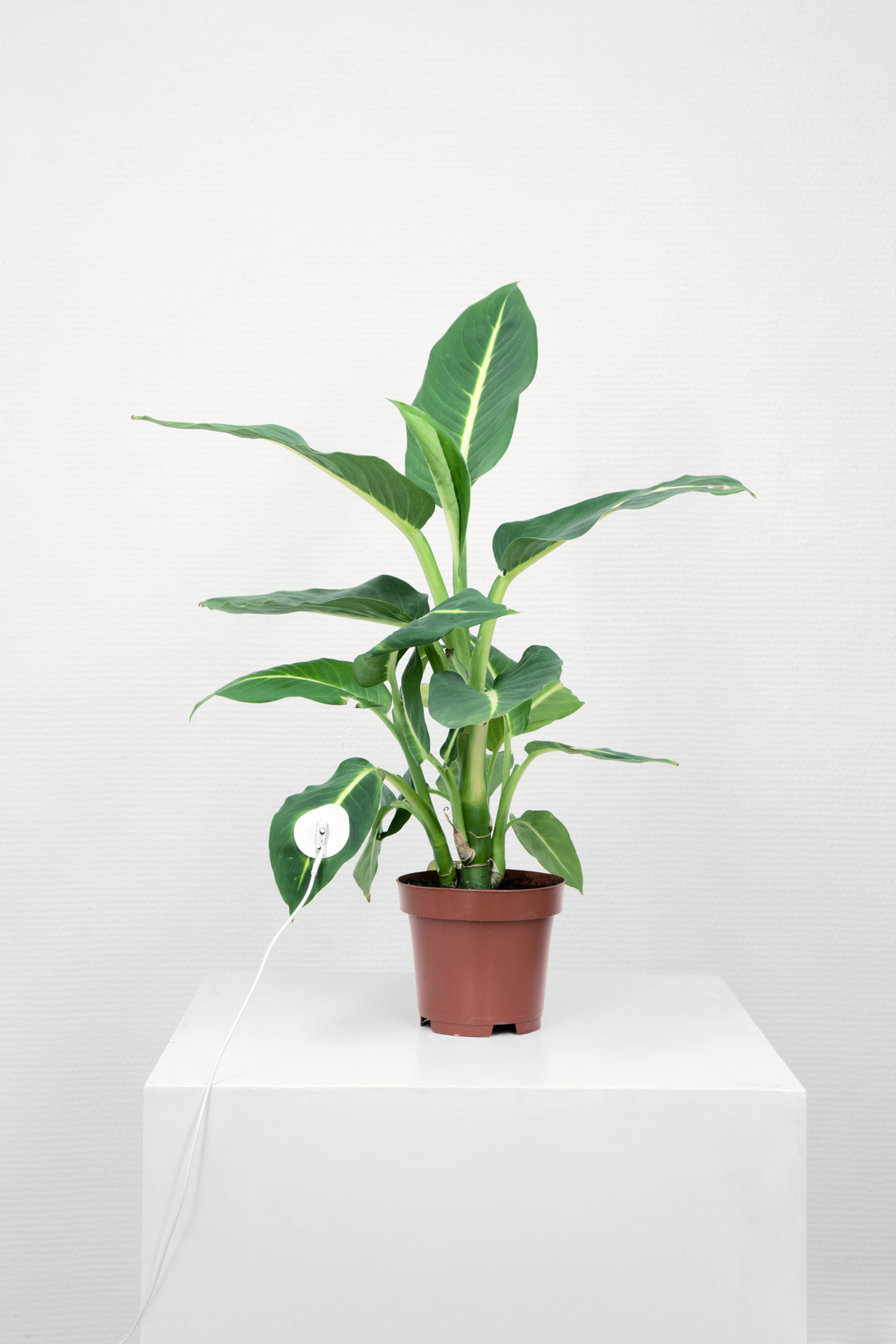
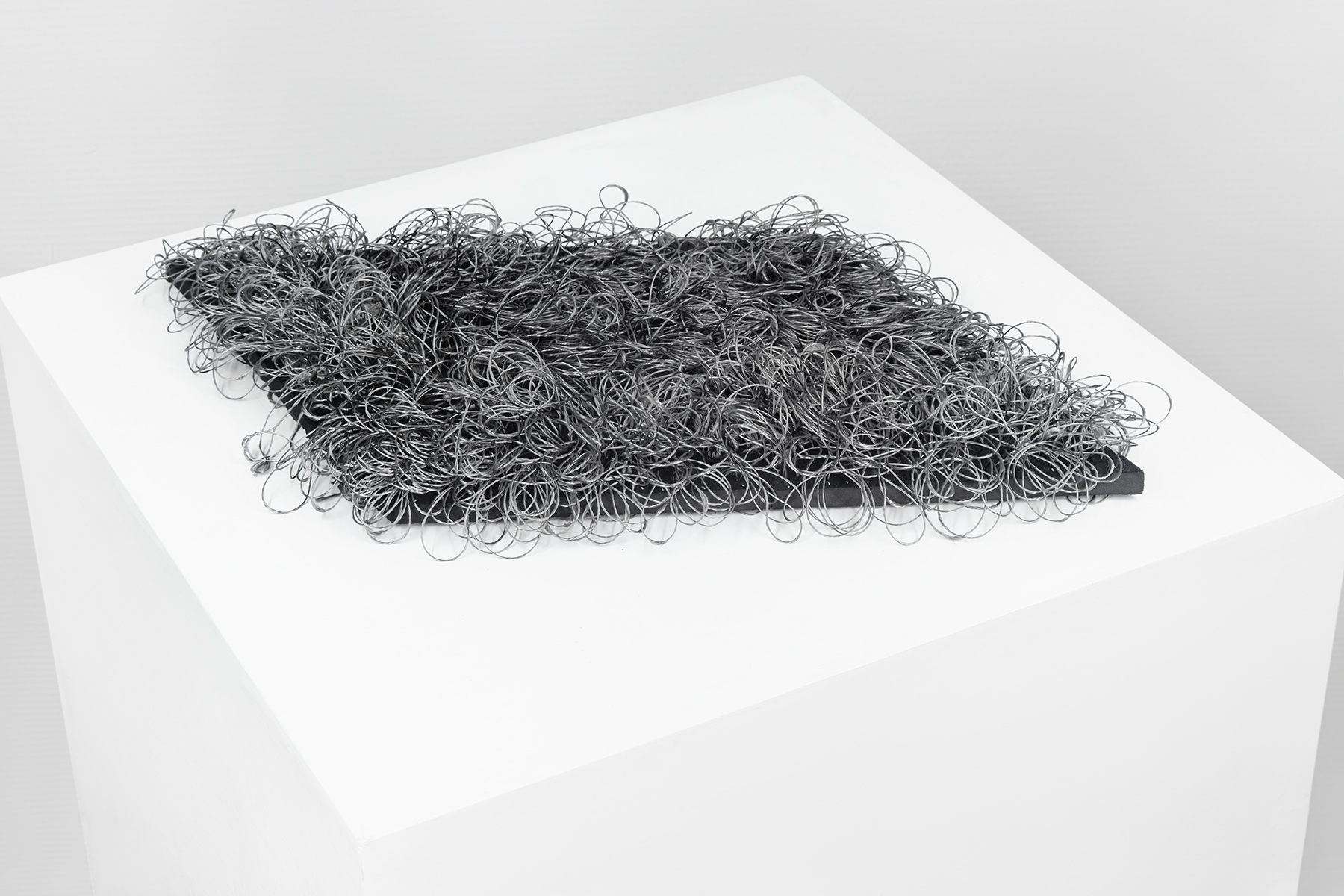
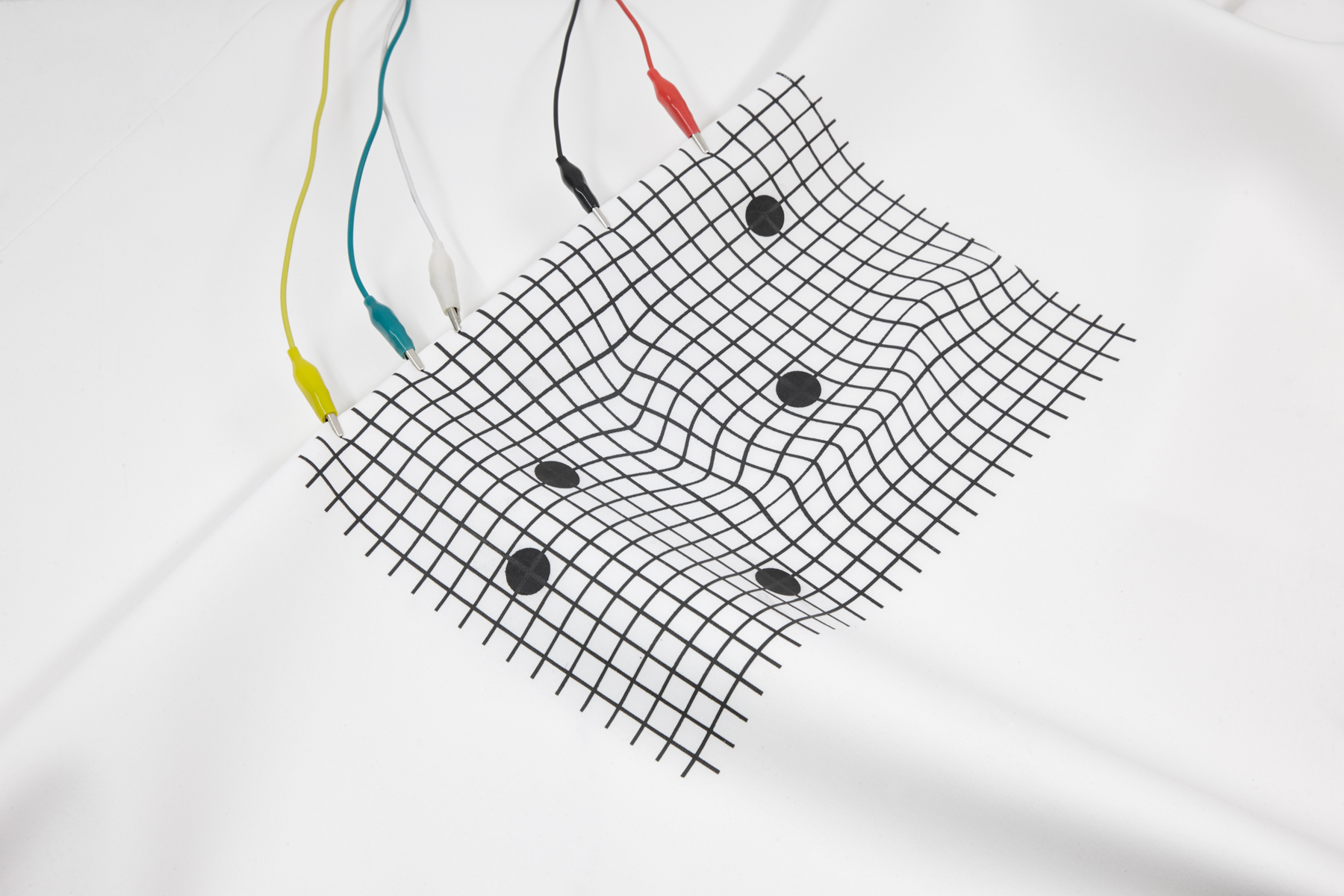
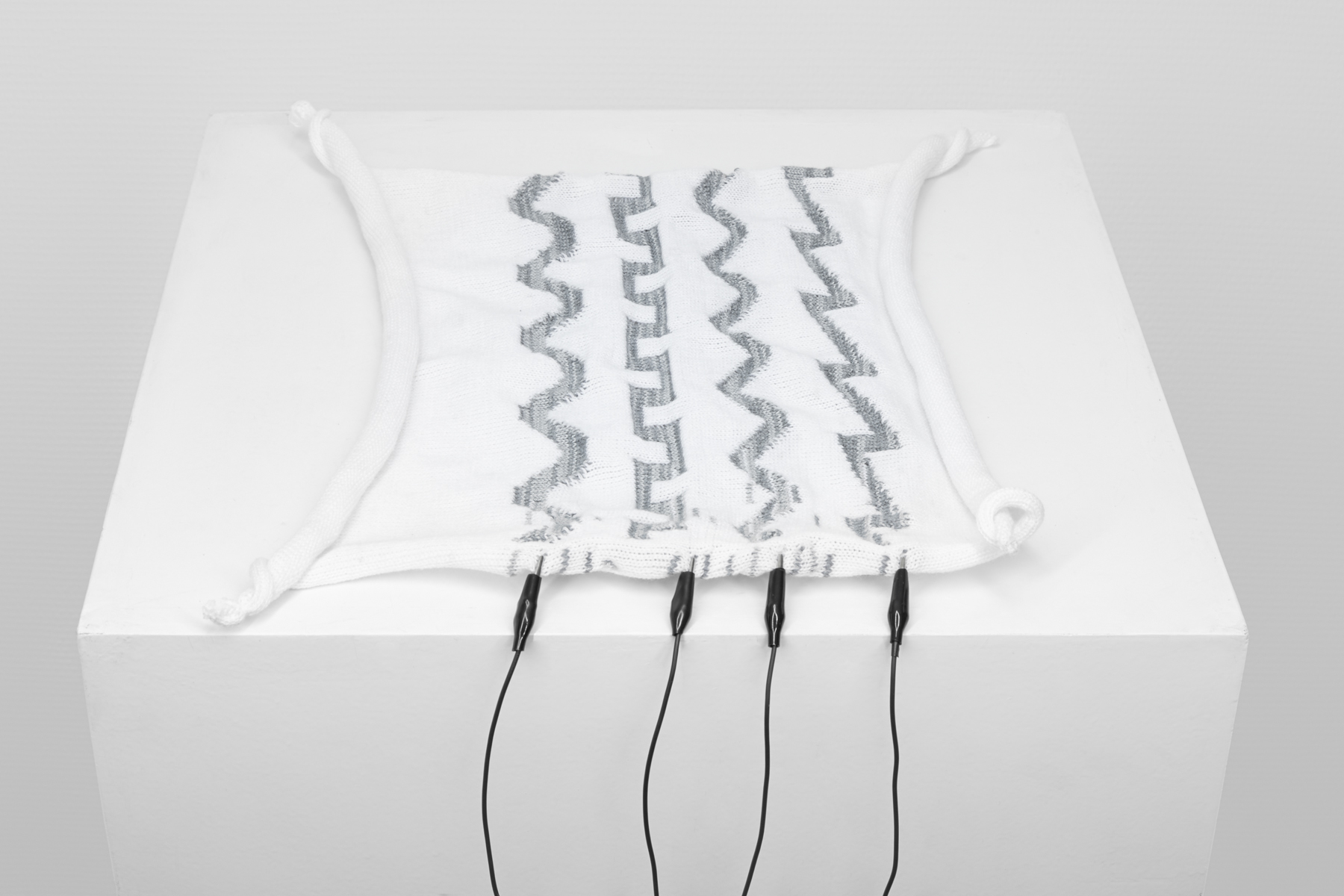
Selected excerpts from varied experimental interfaces, inviting users to engage and interact, exploring sound through tangibles. Synthesis through stimuli.

A glitch is a short-lived fault in a system, many times due to mistranslation, or loss of information. Chromosonic is a textile display reflecting on the exponential growth of digitalisation in the physical world.


Permanence is fluidness itself.
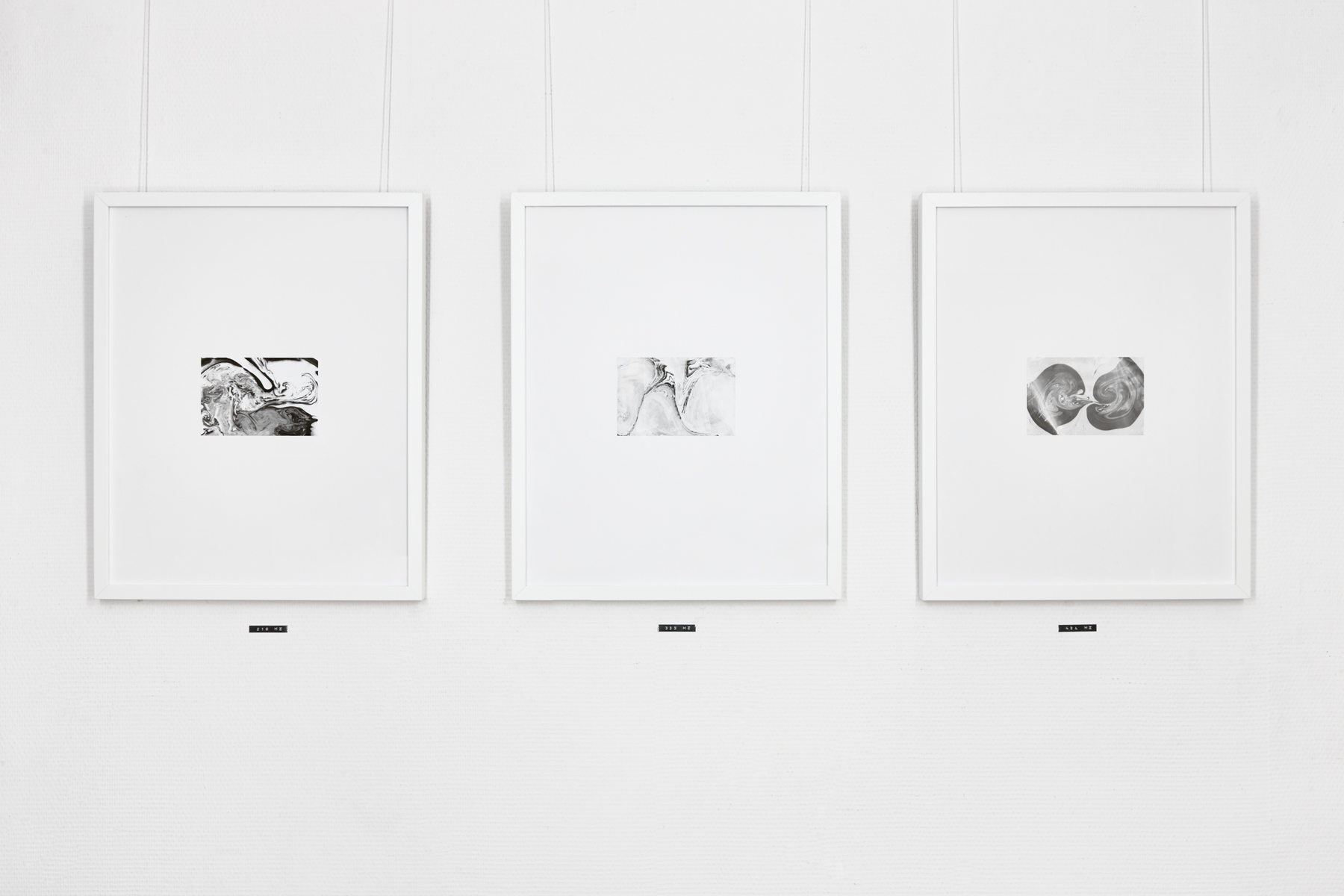
V. Sine Suminagashi
Suminagashi is an ancient Japanese paper marbling technique. Sumi-e inks are dropped carefully to float on a still water surface, and then delicately affected to conceive the intended imprint.
Combined with Cymantics by adding sound into the process, a pure tone is applied, at various driving sinusoidal frequencies, causing different patterns to emerge on the excitatory medium. From order becomes apparent chaos, reflecting the harmonic laws of nature.
The final result is raw visualisation of sound, without the intent of aestheticization.

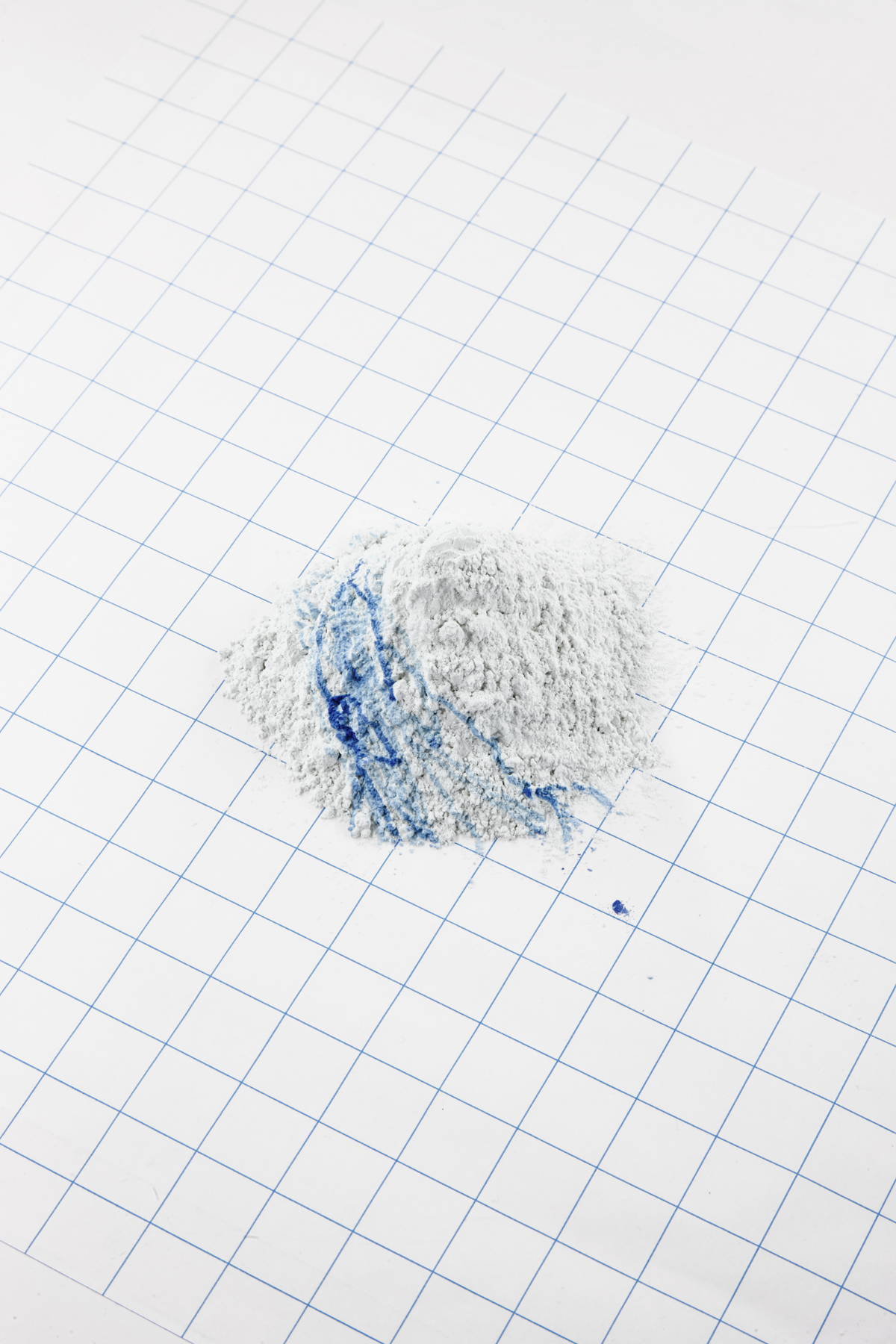
Techno-spiritual practice of drawing “ensō”, a one breath - one brushstroke circle, fundamental in zen calligraphy. In this instance, that one breath is replaced by an untiring output position signal, brush by laser and sumi-e ink by a light reactive treated textile, referring to our technologized culture. Observing repetition as a new begging every time, not a monotone act of the same thing over and over.
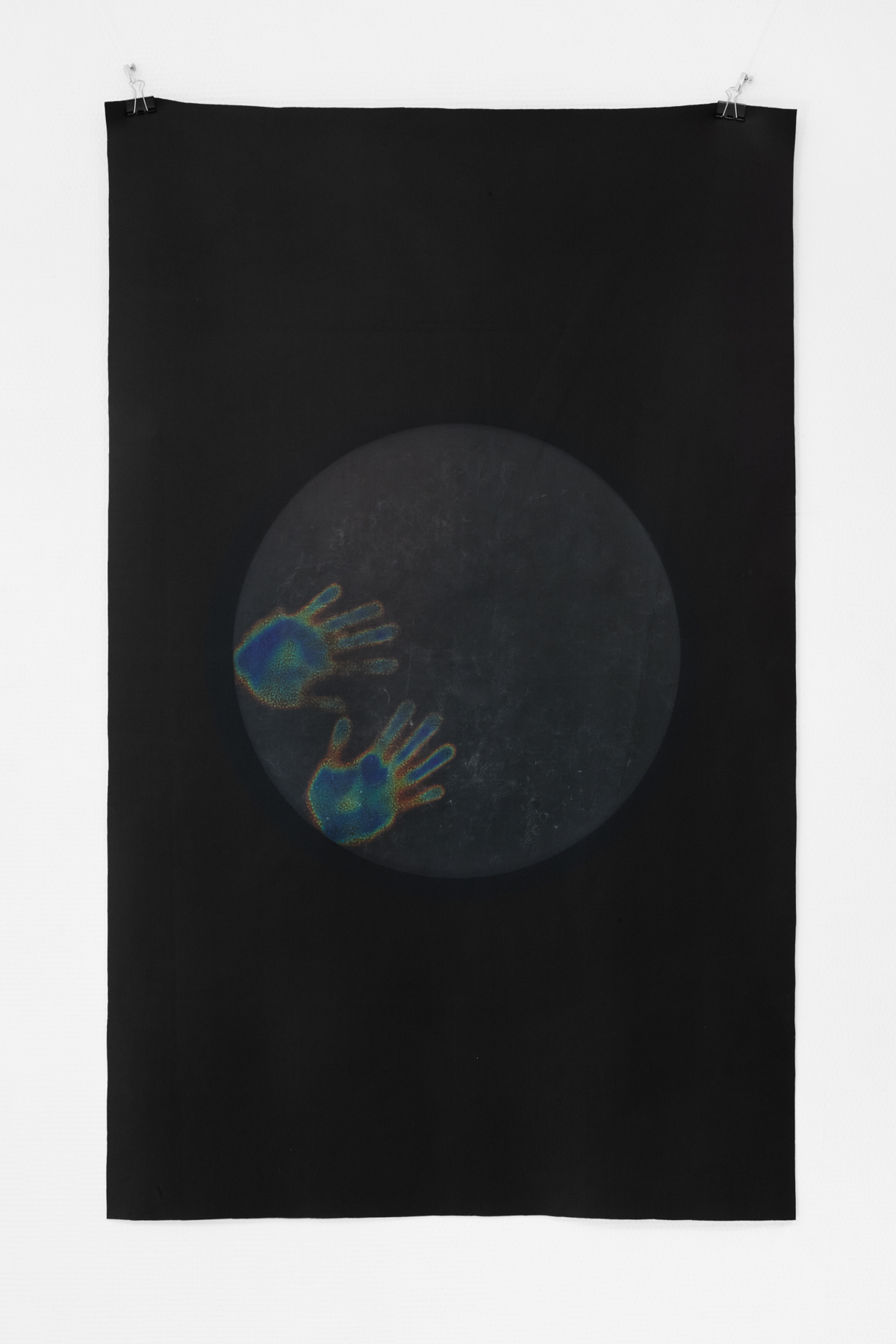
In parallel, the black seemingly solid, full “ensō”, is altered by the slightest touch, alluding to the liquid crystal flow on electronic displays, contemplating the aesthetic philosophy of wabi sabi, based on the acceptance of transience and imperfection.

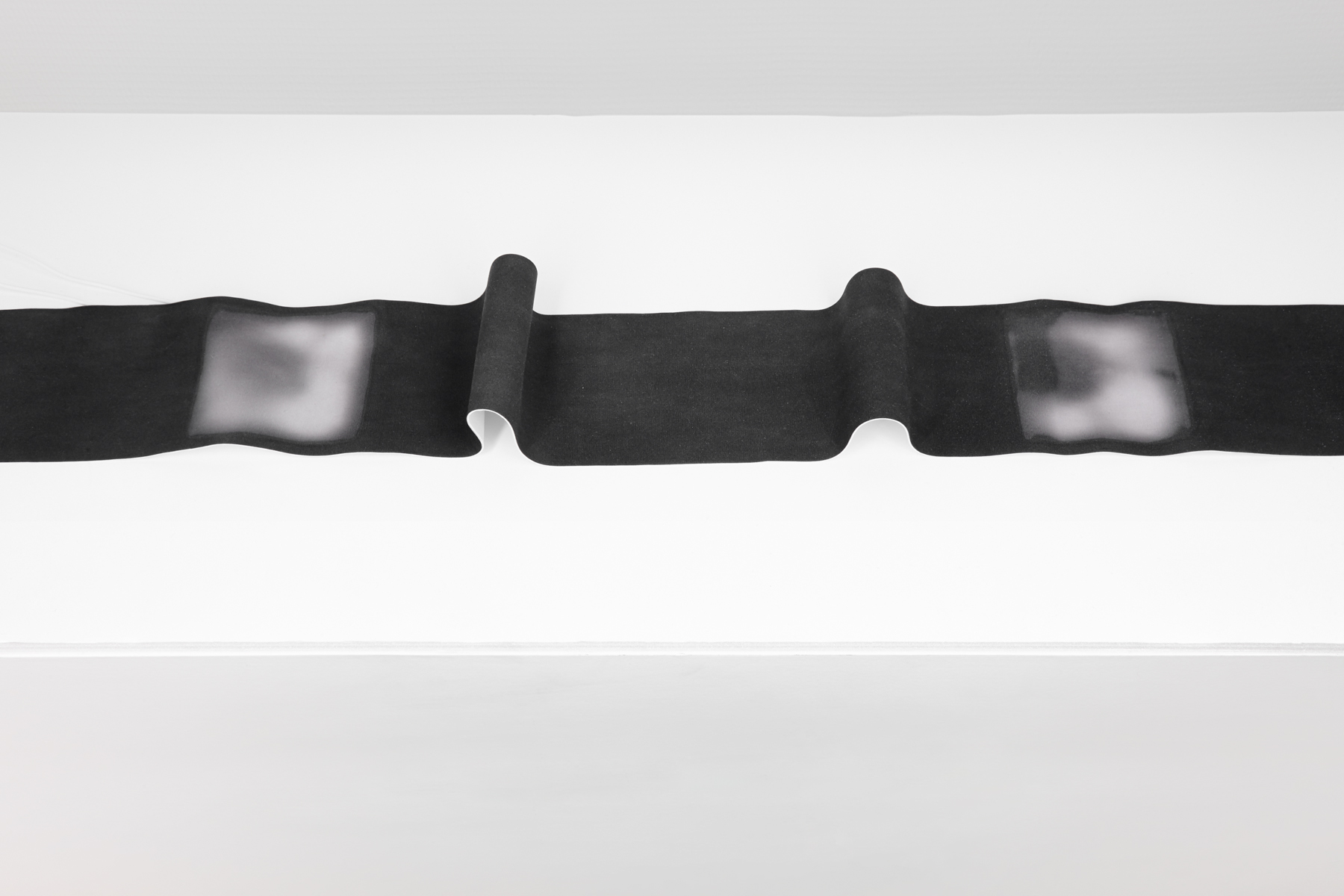
Recontextualisation of a textile as an audio emitting, chromatic surface, coupled with concurrent haptic feedback.